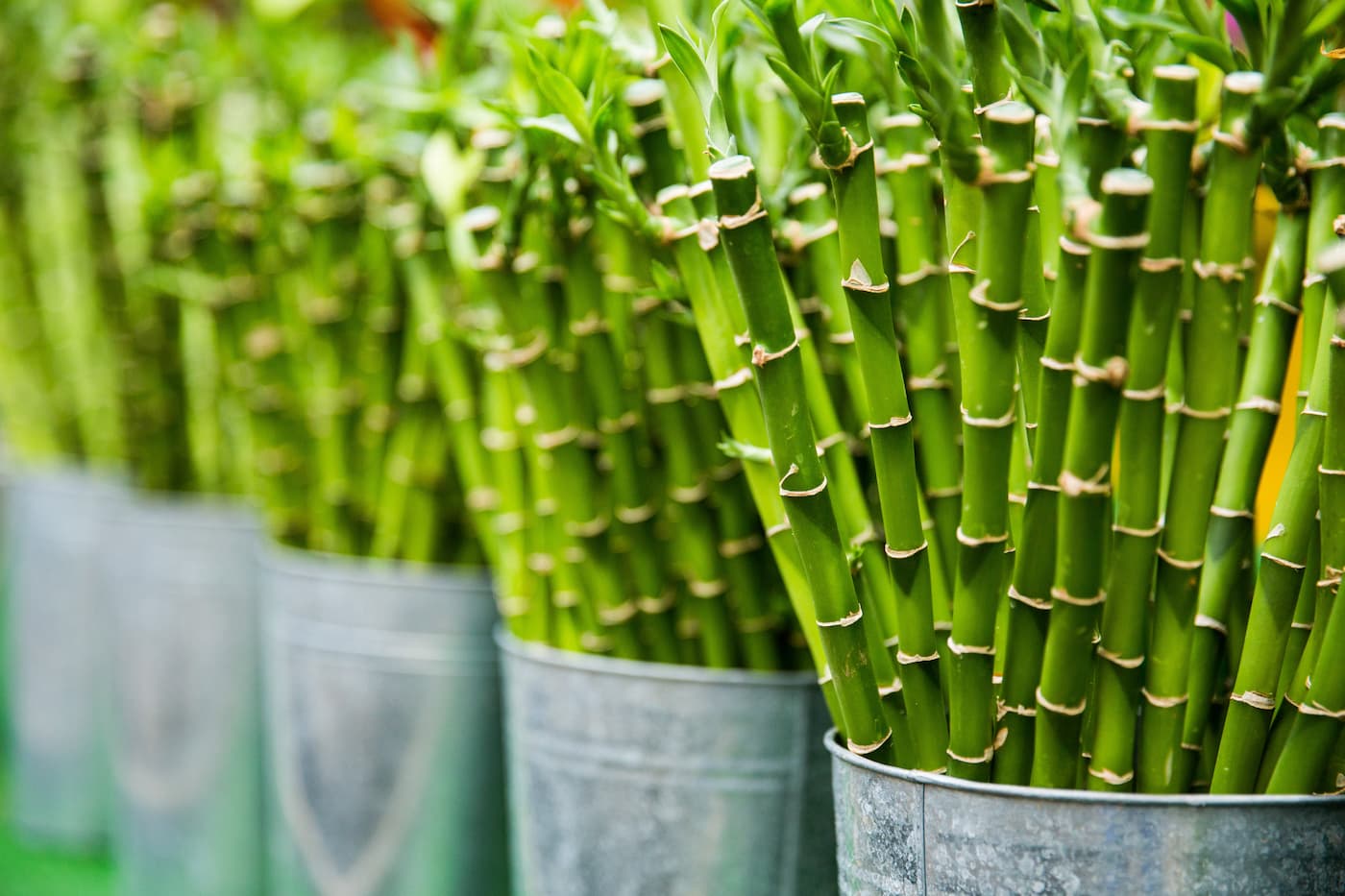Bamboo, the towering green stalks that bring an exotic flair and serenity to any garden space, is a marvel of nature. Revered for its rapid growth and versatile applications, bamboo has become a favourite among gardeners and DIY enthusiasts alike. However, as with all things in the realm of horticulture, there is a right and wrong way to approach the cutting of this resilient and robust plant. In this post, we’ll delve into the dos and don’ts of cutting bamboo, ensuring that you handle your green giants with care and expertise, preserving their beauty and utility for years to come.
Taming the Green Beast: Understanding Bamboo’s Invasive Nature
While bamboo can be a gardener’s dream, it’s important to recognise that some varieties of this plant can quickly turn into a nightmare if not properly managed. Certain species of bamboo, particularly those classified as ‘running bamboo’, have a notorious reputation for aggressive growth, sending out rhizomes that spread far and wide, often at the expense of other plant life and garden structures. This invasive nature can lead to bamboo overrunning spaces, creating a formidable challenge for containment and control. Read How Bamboo Can INvade Your Garden and What To Do About It
Before you find yourself locked in a battle with an encroaching bamboo forest, it’s crucial to understand the characteristics of the bamboo you are planting and to take preventative measures. Planting running bamboo without a proper barrier, for instance, can result in potentially spreading into neighbouring areas and disrupt local ecosystems.
As much as bamboo is celebrated for its swift growth and sustainable qualities, it’s equally important to respect its potential impact on the environment. When considering bamboo for your garden, opt for clumping varieties that are less invasive and easier to manage. For those who already have running bamboo, be vigilant and ready to implement cutting strategies that will keep your green giant in check.
In the following guide on the dos and don’ts of cutting bamboo, we’ll cover not only how to cut bamboo responsibly but also how to prevent your bamboo from becoming a green menace. It’s a delicate balance of enjoying the benefits of this beautiful plant while also respecting the harmony of your garden and the broader environment. Let’s dive in and learn how to cut bamboo in a way that is both beneficial and respectful to nature’s grand design.

Dos of Cutting Bamboo
1. Equip Yourself Properly
Before you even make that first cut, ensure you’re armed with the right tools. A sharp pruning saw, loppers, or a machete designed for bamboo will make your job easier and cleaner. Dull tools can damage the bamboo and make the job harder than it needs to be.
2. Choose Mature Culms
Bamboo culms (the main stalks) reach maturity at about three years. These are the ones you want to cut, as they won’t sprout again and are hardy enough for construction or crafts.
3. Time Your Cuts Wisely
Cutting bamboo in the dry season is best since the plant’s starch content is low, reducing the risk of pest infestations. This timing also coincides with the plant’s natural life cycle.
4. Make Precise Cuts
Clean, straight cuts are vital. Aim to cut just above a node; this prevents water from collecting in the hollow of the culm, which can lead to rot.
5. Preserve and Protect
If you’re using the cut bamboo, treat it with a preservative to extend its life and prevent decay. Proper maintenance of the bamboo you cut will ensure it remains a sustainable resource.
6. Safety First
Always wear protective gear, including gloves and safety glasses, to protect against sharp edges and splinters.
Don’ts of Cutting Bamboo
1. Avoid Young Shoots
Cutting bamboo shoots too early can harm the overall health of the plant. Always let shoots mature before considering them for cutting.
2. Steer Clear of Wet Conditions
Cutting during wet weather can open the door to fungal infections that can damage or kill your bamboo.
3. Don’t Leave Unsightly Stumps
High stumps are not only a tripping hazard but they also don’t contribute to the aesthetics or health of your bamboo. Cut them low and clean.
4. Plan Your Cuts
Random cuts can hinder the plant’s growth and ruin the visual harmony of your garden. Thoughtful, planned cuts support the bamboo’s natural growth pattern and the design of your space.
5. Respect the Law
Some regions have strict guidelines on cutting bamboo, especially if it’s considered an invasive species. Always check local regulations before you start cutting.
6. Dispose of Cuttings Responsibly
Bamboo can propagate from even the smallest cuttings. Dispose of them in a way that prevents unwanted growth in other areas of your garden or the wild.
7. Preserve Your Garden
Be cautious not to harm surrounding plants or structures when you’re cutting bamboo. It’s all about coexistence in your garden ecosystem.
Conclusion
Cutting bamboo might seem straightforward, but it requires consideration, proper technique, and respect for the plant and its environment. By following these dos and don’ts, you’ll maintain a healthy, vibrant bamboo population in your garden that continues to awe and inspire. Whether you’re a seasoned gardener or a novice green thumb, these guidelines will help you cultivate a bamboo oasis that thrives year after year.
Remember, like any garden task, cutting bamboo is part art, part science. With these tips in hand, you’re well-equipped to approach this task with confidence and care, ensuring your bamboo stands tall and continues to enchant for many seasons to come. Happy gardening!
The Postcode Areas We Serve
Gloucester and Swindon
Birmingham and the Midlands
Bristol and the South West
Cardiff and South Wales










